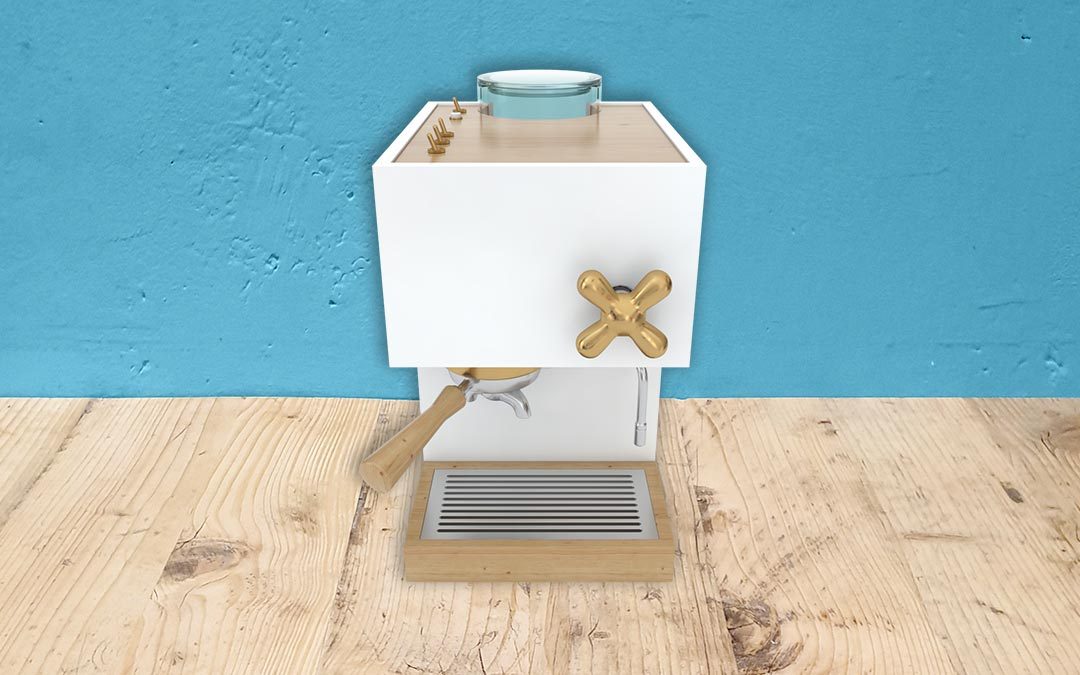Sadly, Donald Rumsfeld passed away last week. He is probably best known to most for what was considered as quite a confusing quote where he identified a situation where there were “known knowns, known unknowns and unknown unknowns”. At the time he was somewhat mocked for this but what he said made a lot of sense. Put simply, he said there’s things we know, there’s things we know we don’t know, and there’s bound to be other things we are going to find out.
Starting to use new technology in research such as Augmented reality is similar. When we set out, we knew it created realistic experiences for respondents and hence produced more predictive data. We knew there was a lot to learn, but also we knew there were likely to be “unknown unknowns”. Things that would turn out to be useful that we had not predicted. One of these has come up in our last few projects.
Our AR technology allows respondents to look at products and in store fixtures such as points of sale from any angle. They can walk around what we create and see it from a full 360 viewpoint. Our Physiometric™ analysis tool can then measure this, and we can determine the most favoured angle of view. So, unlike any other research technique we can report back on the favoured viewing position. This means we can recommend how to position fixtures in store, how to arrange products on shelves and even how to make a product look its best in adverts or communications. This “unknown unknown” is just one of the ways in which we have discovered how Augmented reality can generate new insights we did not initially expect.
No doubt there are going to be even more “unknown unknowns” that will emerge as we ask even bigger and more complex questions using our technology. Finding out what a product’s best side was one that was not only pleasing, but it was also very useful for our clients. Good things happen when you embrace new technology.


Recent Comments